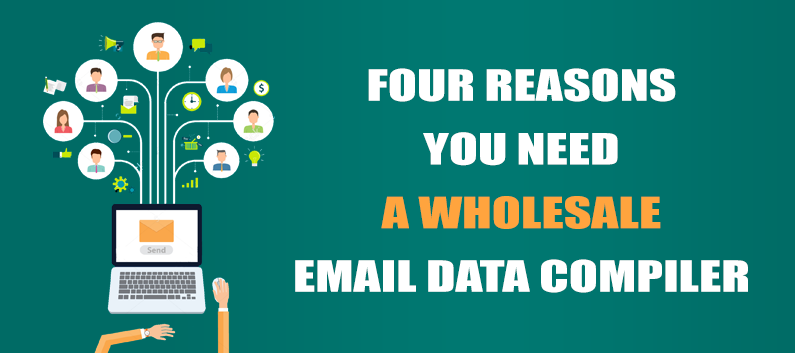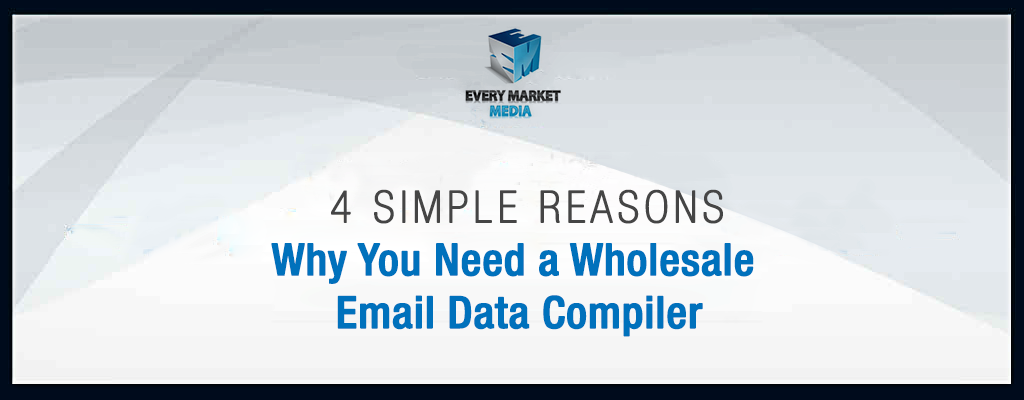Let’s preface this guide by saying if your organization buys marketing data for a small targeted market, use by sales development representatives or direct outbound prospecting this article is not for you. Some great supply firms with data engineered specifically for those purposes as well as some helpful advice on renting v. buying can be found here. For SDR’s specifically, Salesloft.com can be a real boon as well.
This article is for the enterprise media buyer, the product manager at a marketing services firm, the list broker turned compiler and the display advertiser who uses offline data. But what if you’re like one of the companies in the other article? Who handles supply for the suppliers?
Short answer: They buy or license large part or whole reference files, then process in proprietary ways such that they fit user applications like a glove.
How do you buy email marketing data for your marketing services organization?
First, examine the application you’re considering using B2B data for and thoroughly evaluate with these steps:
- Do I really need a complete email marketing data reference set? Files are often very large, with US databases ranging from 20 – 60 million rows. Does your application really only need a subset of specific job roles or industries? Carefully consider your application, it’s the starting decision factor for build v buy.
- How will you move the data around and serve it? Merging large data files requires considerable storage, specialized software and sometimes construction of user interfaces.
- What is the quality priority for your users? Do you need to retain known bad data for suppression? Is connect rate to contact name via phone important or will validity of email address be a high enough standard? What, very specifically, is the intended use of the database?
- How much of the data is new to you? We see widely varying degrees of duplication. Many of our clients start with a base file and are seeking only new marketing records. What acquisition metrics are right when net new percentages fall below 10%? What about when data is 75% new to you?
- What is the quality of remainder new data? Always test the remainder new data before drawing conclusions about quality, even if baseline comparison looks good.
- Supply consistency. Partners that can deliver a single file on a one time buy are great but the highest lifetime value is always the supply partner who can deliver consistently improving updates. Can you expect quality and quantity programmatically?
- To revenue share or buy? When you can buy outright or license in perpetuity for a great price point, it’s hard to say no but don’t expect an update mechanic. Revenue share partners have been a better experience for EMM’s experience – we’ve found that while the payout is higher over time, the “stick” rate of a data partner is considerably higher in revenue share arrangements.
Buying B2B email marketing data at scale is similar in lots of ways to the smaller application of list buying/renting for sales teams or lead generation, but the process has more macro product considerations. For best results, find a strategic data partner who can work through the iterations with your team and build a winning product. Don’t just buy a list.


